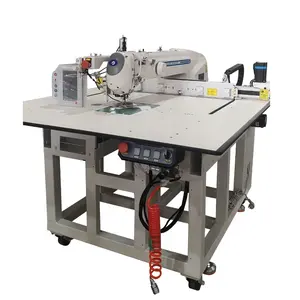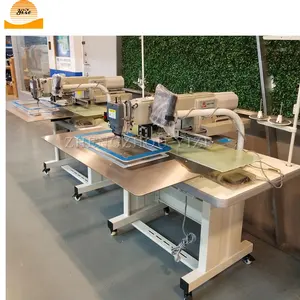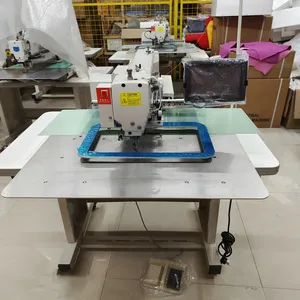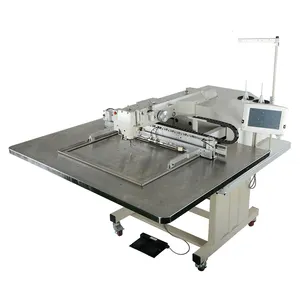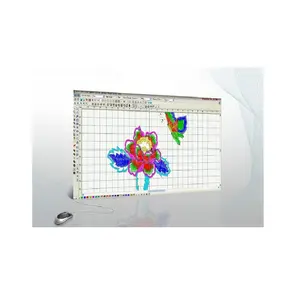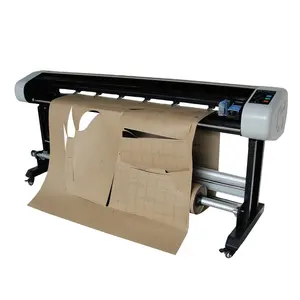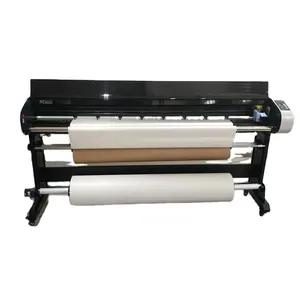Garment Pattern Making Service






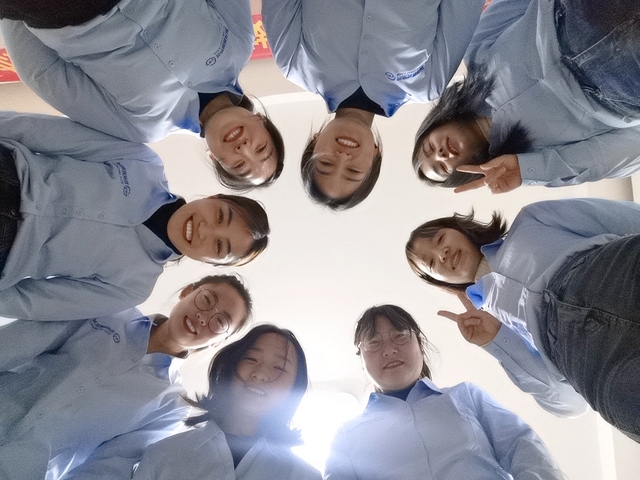




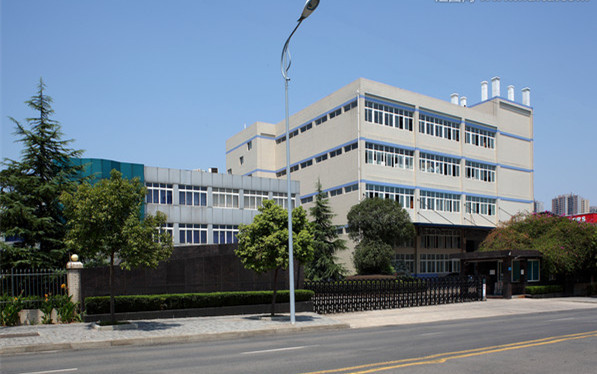



 1/21
1/21




 1/17
1/17



 1/28
1/28






 1/15
1/15



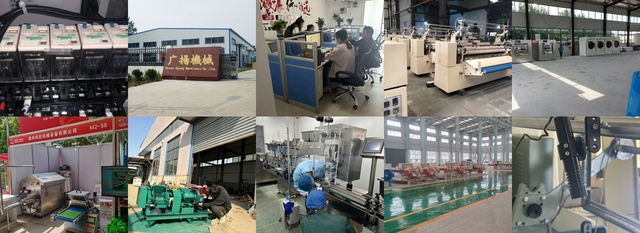
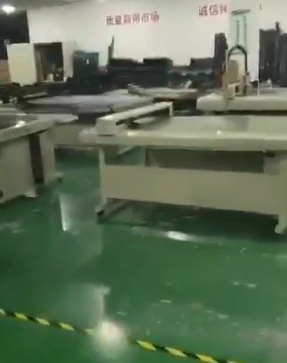






 1/29
1/29
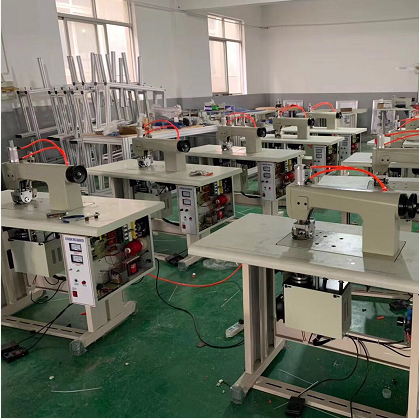
About garment pattern making service
Where to Find Garment Pattern Making Service Suppliers?
China remains a dominant hub for garment pattern making services, with key suppliers concentrated in Guangdong and Henan provinces. Guangzhou, located in Guangdong, hosts a dense cluster of custom apparel manufacturers specializing in high-precision draping, grading, and sample development for global fashion brands. These firms benefit from proximity to textile markets, trim suppliers, and export ports, enabling rapid prototyping and short production cycles. Meanwhile, Henan-based suppliers focus on industrial automation, offering computerized pattern sewing machines and template systems that streamline repetitive cutting and stitching operations.
The regional specialization supports diverse sourcing strategies: Guangdong excels in labor-intensive, design-driven pattern development for small to mid-volume runs, while Henan provides technology-oriented solutions for mass production efficiency. Buyers gain access to vertically integrated ecosystems where fabric sourcing, CAD modeling, sample iteration, and bulk manufacturing are co-located within 50km radii. This integration reduces lead times to 15–25 days for initial samples and enables MOQs as low as 10 pieces for premium suppliers. Cost advantages range from 20–40% compared to Western ateliers due to lower labor and operational overheads.
How to Choose Garment Pattern Making Service Suppliers?
Prioritize these verification criteria when evaluating potential partners:
Technical Expertise & Customization Capacity
Confirm the supplier's experience in your garment category (e.g., luxury wear, activewear, tailored suiting). Top-tier providers offer full-service design support including 3D draping, size grading across international standards (US, EU, UK), and digital pattern archiving. Verify customization scope—such as material compatibility, logo placement, and label integration—through documented case studies or portfolio reviews.
Production Infrastructure and Workflow
Assess operational capabilities based on the following indicators:
- Use of industry-standard software (e.g., Gerber, Lectra, CLO 3D) for digital pattern development
- In-house sampling teams with demonstrable revision turnaround (target: ≤72 hours per iteration)
- Integration of automated cutting tables or programmable sewing templates for precision consistency
Cross-reference response times (ideally ≤4 hours) and on-time delivery rates (target ≥95%) as proxies for workflow efficiency and client prioritization.
Quality Assurance and Transaction Security
Require documented quality control checkpoints at each stage: fabric inspection, fit testing, seam tolerance verification, and final measurement audits. For cross-border procurement, prioritize suppliers with verified transaction histories, third-party escrow options, and clear dispute resolution protocols. Sampling remains critical—request physical or digital mockups before committing to volume orders to validate fit, stitch density, and material drape.
What Are the Best Garment Pattern Making Service Suppliers?
| Company Name | Location | Verified Type | Online Revenue | On-Time Delivery | Avg. Response | Reorder Rate | MOQ Range | Price Range (USD) |
|---|---|---|---|---|---|---|---|---|
| Y&L FASHION FACTORY LIMITED | Guangdong, CN | Custom Manufacturer | US $280,000+ | 100% | ≤4h | 30% | 10–50 pcs | $7–25 |
| Guangzhou Honghaotian Garments Co., Ltd. | Guangdong, CN | Custom Manufacturer | US $30,000+ | 92% | ≤2h | 22% | 50 pcs | $2.99–17.85 |
| Guangzhou Good Time Trading Co., Ltd. | Guangdong, CN | - | US $40,000+ | 100% | ≤1h | 50% | 1 set | $2,350–14,099 |
| Zhengzhou Jieyuan Machinery Manufacturing Co., Ltd | Henan, CN | - | US $10,000+ | 100% | ≤2h | <15% | 1 set | $1,100–1,300 |
| Dongguan Sokee Sewing Machinery Co., Ltd. | Guangdong, CN | - | US $80,000+ | 91% | ≤9h | 30% | 1 set | $100–13,500 |
Performance Analysis
Y&L FASHION FACTORY LIMITED stands out for end-to-end garment development, combining low MOQs (10 pieces) with high reorder frequency and strong online performance, indicating consistent client satisfaction. Guangzhou Honghaotian offers competitive pricing starting at $2.99/unit, suitable for startups and small brands requiring cost-effective sampling. In contrast, machinery-focused suppliers like Guangzhou Good Time and Zhengzhou Jieyuan cater to factories seeking automation, offering industrial-grade programmable sewing systems with significant capital investment requirements. Dongguan Sokee demonstrates broad technical versatility across apparel and packaging machinery but exhibits slower response times. Buyers seeking design-integrated pattern making should prioritize Guangdong-based custom manufacturers, while those optimizing for production line efficiency may consider Henan’s automation specialists.
FAQs
How to verify garment pattern making service reliability?
Cross-check supplier claims with verifiable transaction data, customer reviews, and response metrics. Request access to digital portfolios or video tours of design studios and sampling floors. For machinery suppliers, confirm compliance with electrical and mechanical safety standards applicable in your region.
What is the typical sampling timeline?
Initial pattern and prototype development takes 7–14 days, depending on complexity and revision cycles. Digitally rendered patterns can be delivered in 3–5 days for approval prior to physical sampling. Automated machine programming may require additional setup time (10–20 days).
Do suppliers support small batch orders?
Yes, many Guangdong-based manufacturers accept MOQs as low as 10–50 pieces, particularly for full-package design and production. Machine suppliers typically require full-set purchases with no batch flexibility.
Can I customize materials and labels?
Most custom apparel suppliers allow full specification of fabrics, trims, labeling, and branding elements. Provide detailed tech packs for accurate execution. Machinery suppliers may offer limited configuration options such as stitch programming or template design.
How are prices influenced by order volume?
Unit costs decrease significantly above 500 units due to spreading of pattern setup and grading labor. For machinery, pricing is fixed per unit or system, with potential discounts for multi-unit industrial deployments.




















